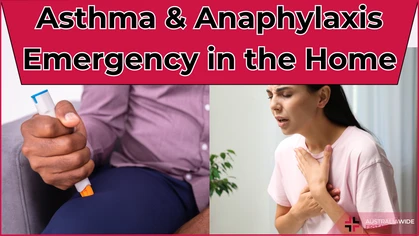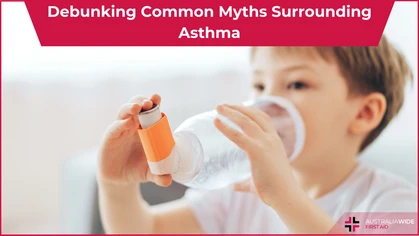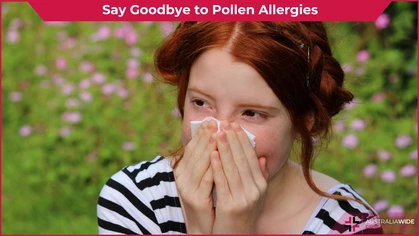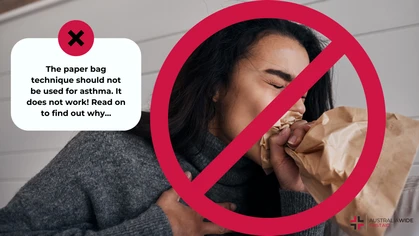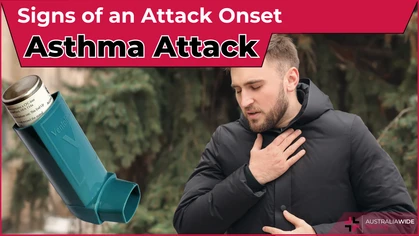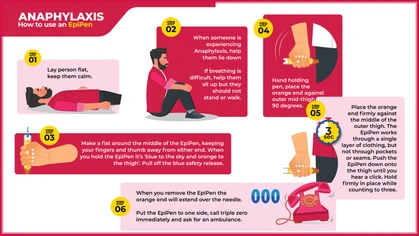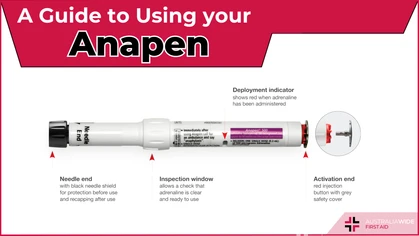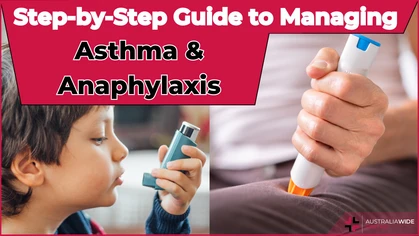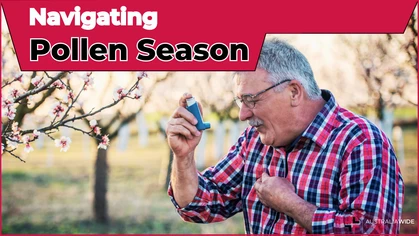Anaphylaxis and Hypotension

Allergy and Asthma
 Hypotension, or low blood pressure, can be caused by a wide range of factors. One of these factors is allergic reactions.
When someone goes into anaphylactic shock, they can begin to exhibit symptoms associated with hypotension, such as weakness, dizziness, blurred vision, and loss of consciousness.
It is important that people know how to manage anaphylaxis and its associated symptoms of hypotension, as low blood pressure can result in vital organs not receiving the oxygen and nutrients they need to function correctly.
Hypotension, or low blood pressure, can be caused by a wide range of factors. One of these factors is allergic reactions.
When someone goes into anaphylactic shock, they can begin to exhibit symptoms associated with hypotension, such as weakness, dizziness, blurred vision, and loss of consciousness.
It is important that people know how to manage anaphylaxis and its associated symptoms of hypotension, as low blood pressure can result in vital organs not receiving the oxygen and nutrients they need to function correctly.
What is hypotension?
Hypotension is low blood pressure. It means that the pressure of blood circulating around the body is lower than normal or lower than expected. In healthy people, low blood pressure without any symptoms is generally not a concern and does not need to be treated. However, when blood pressure drops suddenly or occurs with symptoms, it can be indicative of a more serious health condition. Symptoms of hypotension include light-headedness, dizziness, weakness, blurred vision and, in severe cases, loss of consciousness.How does anaphylaxis cause hypotension?
Anaphylaxis is the most severe type of allergic reaction. An allergic reaction, in turn, occurs when a person’s immune system overreacts to an allergen, or "trigger", that is generally harmless to other people. When a person comes into contact with an allergen, their immune system responds by creating an antibody to attack and drive out the allergen. This then sets off a series of immune system reactions. For instance, the body suddenly releases chemical substances that are stored in blood and tissue cells, including histamines. Histamines cause blood vessels to dilate and increase in permeability to allow fluid and cells of the immune system, such as white blood cells, to migrate to the area of inflammation - that is, the area where the allergic reaction is occurring. However, by increasing the dilation and permeability of blood vessels, histamines simultaneously cause a sudden and severe drop in blood pressure.What are the symptoms of hypotension?
Hypotension can cause the following symptoms:- Light-headedness
- Unsteadiness
- Weakness
- Dizziness
- Blurred vision
- Fatigue
- Loss of consciousness
Other causes of hypotension
Low blood pressure can be caused by a variety of factors. These include:- Standing up quickly
- Emotional stress
- Dehydration, which reduces your blood volume
- Heat, as your body responds to heat by pushing blood into the vessels of the skin, which leads to dehydration
- Donating blood
- Blood loss from trauma
- Pregnancy
- Some medications e.g. for depression, high blood pressure, and some heart conditions
- Heart disease, as this condition can hinder the pumping action of the heart
- Some nervous system disorders
What do you do if someone is showing signs of anaphylaxis?
If someone’s signs and symptoms suggest anaphylaxis, you should take the following steps:- Lay victim flat, do not stand or walk, if breathing is difficult, allow to sit
- Prevent further exposure to the triggering agent if possible
- Administer adrenaline through auto-injector. Children less than 5 years should receive a 0.15 mg intramuscular injection, while people older than 5 years should receive a 0.3 mg intramuscular injection.
- Call an ambulance
- Administer oxygen and/or asthma medication for respiratory symptoms
- Further adrenaline should be given if no response after five minutes
- If breathing stops follow DRSABCD and be prepared to perform CPR
Want to learn first aid?
You can learn to manage allergy and anaphylaxis symptoms at one of our regular training courses:Other Resources
If you're interested in learning more about allergy and anaphylaxis, you might like to check out the following articles in our Resource Library:
Originally published at
https://www.australiawidefirstaid.com.au/resources/hypotension
as part of the Australia Wide First Aid Articles Library
